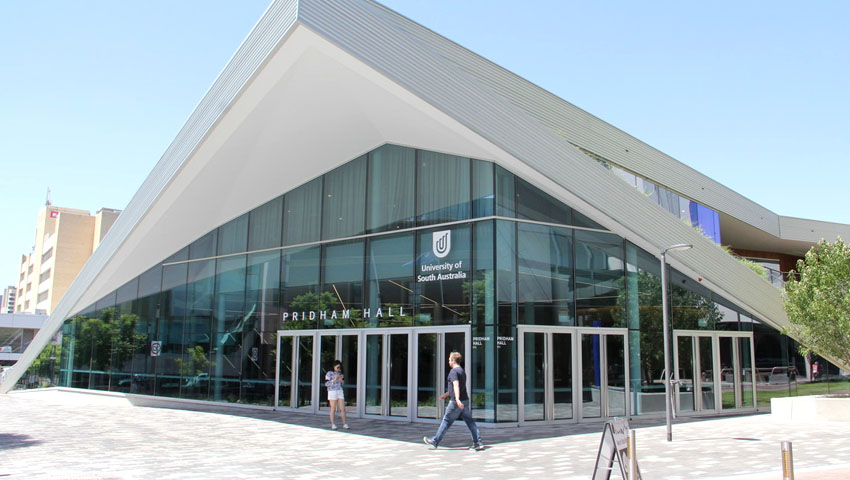The University of South Australia has announced it has secured two grants that aim to boost South Australia’s defence industry capability, by applying new research knowledge and innovation and working partnership with industry, to help solve some of the real challenges facing the defence sector.
To continue reading the rest of this article, please log in.
Create free account to get unlimited news articles and more!
The two projects, 'Narrative Visualisation of Simulations for Force Design' and 'Optimal Target Detection for Marine Radars Using Waveform Diversity', each received $150,000 in grants in the latest round of the South Australian Defence Innovation Partnership Cooperative Research Grants.
UniSA director defence and space, Matt Opie, said the results are a strong endorsement of UniSA’s defence research expertise.
“Not only are we leading two of the projects, but we are also a key partner in the other two defence industry projects,” Opie said.
“We undertake world-class research in virtual reality systems led by some of the leading experts in that field and our signals processing research expertise dates back 40 years – so we have the capacity to deliver the Australian Defence Force critical advanced capability.
“We are also highly experienced at working with industry and bringing together research teams that are outcomes focused.”
A relatively new field – narrative visualisation – brings data to life both qualitatively and by presenting a visual story about meaningful trends that can be rapidly understood and acted upon.
The process reveals trends, casual relationships and decisive events and has the potential to be applied in real-time combat situations to ensure better and more informed decision-making.
“UniSA’s world-leading research in narrative visualisation will allow defence analysts to explore and analyse information and quickly make sense of what can otherwise be overwhelming amounts of data,” director of the Australian Research Centre for Interactive and Virtual Environments, Professor Bruce Thomas, said.
In the second project, 'Optimal Target Detection for Marine Radars Using Waveform Diversity', researchers will address the challenge of what is known as ‘sea clutter’ or the interference that waves on the ocean’s surface cause to the detection of targets on or above the sea surface, particularly an issue for small targets.
“This important research will advance high performance navigation radar systems for future marine platforms for both the Royal Australian Navy and the Royal Australian Air force,” UniSA’s associate head of engineering research and innovation, Professor Kutluyil Dogancay, said.
UniSA researchers will also contribute to a project to devise conducting carbon coatings for naval vessels to deter marine creature growth on vessels and the development of a large-scale submarine model that with allow for simulator-based training for next generation submariners.

 Login
Login






